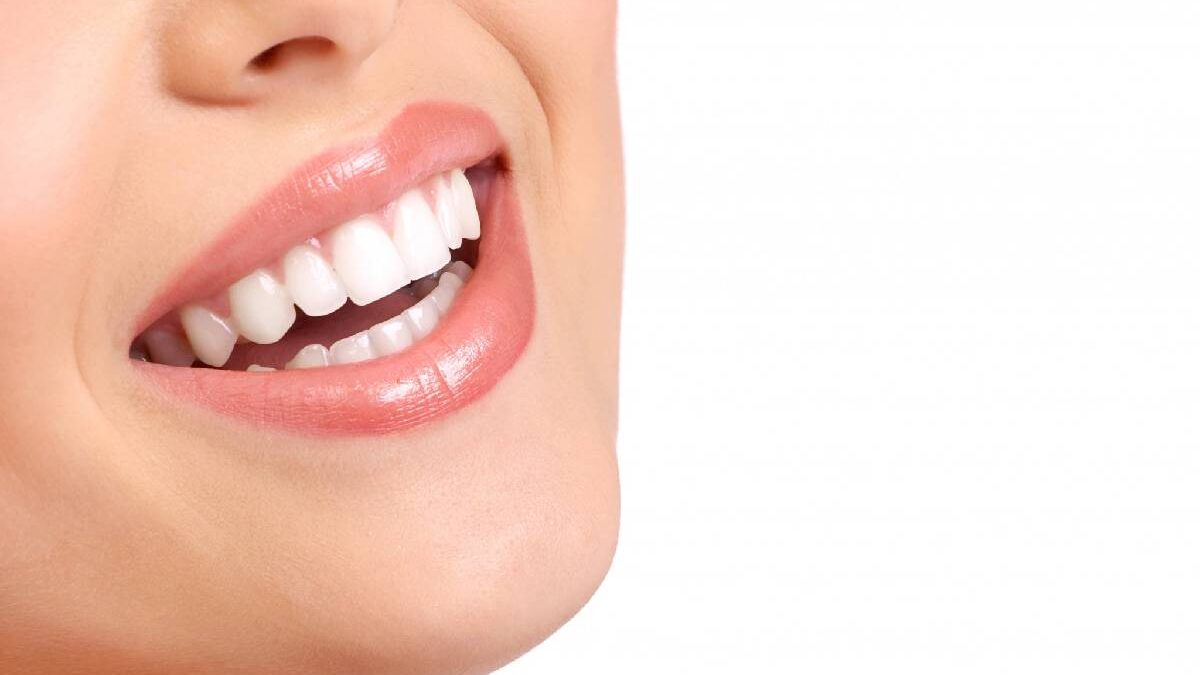Gum disease can be characterized into two different types: gingivitis and periodontitis. Dentists call these two conditions as periodontal diseases.
According to dental experts, individuals suffering from periodontal disease have infection and inflammation in the tissues supporting their teeth. The condition affects our gums, periodontal ligaments, as well as our alveolar bone (the part of the jaw that holds our teeth). Read on to know more about the two types of periodontal disease.
Gingivitis – Gum Disease
This is a milder gum disease compared to periodontitis. If you have the condition, you may see your gums turn red and swollen. The affected parts may also bleed easily. Individuals suffering from gingivitis typically experience little to no discomfort.
The most common cause of this gum disorder is poor oral hygiene. It’s possible to reverse the symptoms of gingivitis by taking care of your oral health and undergoing professional treatment.
Some common risk factors of the condition are:
- Smoking
- Diabetes
- Genetic predisposition
- HIV infection
- Stress
- Aging
- Hormonal imbalances
- Puberty
- Pregnancy
- Inadequate nutrition
- Substance abuse
- Use of certain medications
According to Sedona dentist Dr. Shanahan, if you have these conditions you should go to a dentist at least once every year for a dental check-up.
Periodontitis – Gum Disease
If not treated at the right time, your gingivitis symptoms might worsen, and you may develop periodontitis.
Over time, plaque may start spreading and can even go beyond the gumline. Bacterial growth in plaque results in the production of toxins that cause discomfort in the gums and its surrounding areas.
According to dentists, the toxins trigger a chronic inflammatory response, which results in deterioration of the patient’s condition. As the patient’s condition worsens, the bones and tissues supporting his teeth undergo extreme destruction. The gaps between the teeth and gums keep increasing resulting in the formation of pockets.
Further progression of periodontitis leads to the destruction of more bone and gum tissues, which makes the pocket even deeper.
In some patients, the above changes result in the occurrence of mild symptoms. By the time the symptoms become more severe, the disease becomes almost untreatable.
Periodontitis can be of different types. The most common ones among them are:
Aggressive periodontitis: This condition affects patients who don’t have any other chronic condition i.e., individuals who are clinically healthy. Common symptoms of aggressive periodontitis include familial aggregation and rapid bone destruction and attachment loss.
Chronic periodontitis: A person suffering from this condition will have inflammation in the tissues supporting his teeth. Other symptoms marking the condition are progressive bone and attachment loss. The condition is more common in adults than in children.
Periodontitis caused by systematic diseases: This form of periodontitis occurs primarily in children. The systematic conditions that cause periodontitis most frequently include respiratory disease, heart disease, diabetes, etc.
Necrotizing ulcerative periodontitis: The condition involves necrosis of the patient’s gingival tissues, alveolar bone, and periodontal ligaments. The disease is most common in people suffering from systematic disorders like immunosuppression, malnutrition, and HIV infection.
Final Words
The only way of preventing the occurrence of severe gum disease like periodontitis is regular visits to a qualified dentist. He will ensure that your symptoms don’t turn worse and you can lead a normal life.

